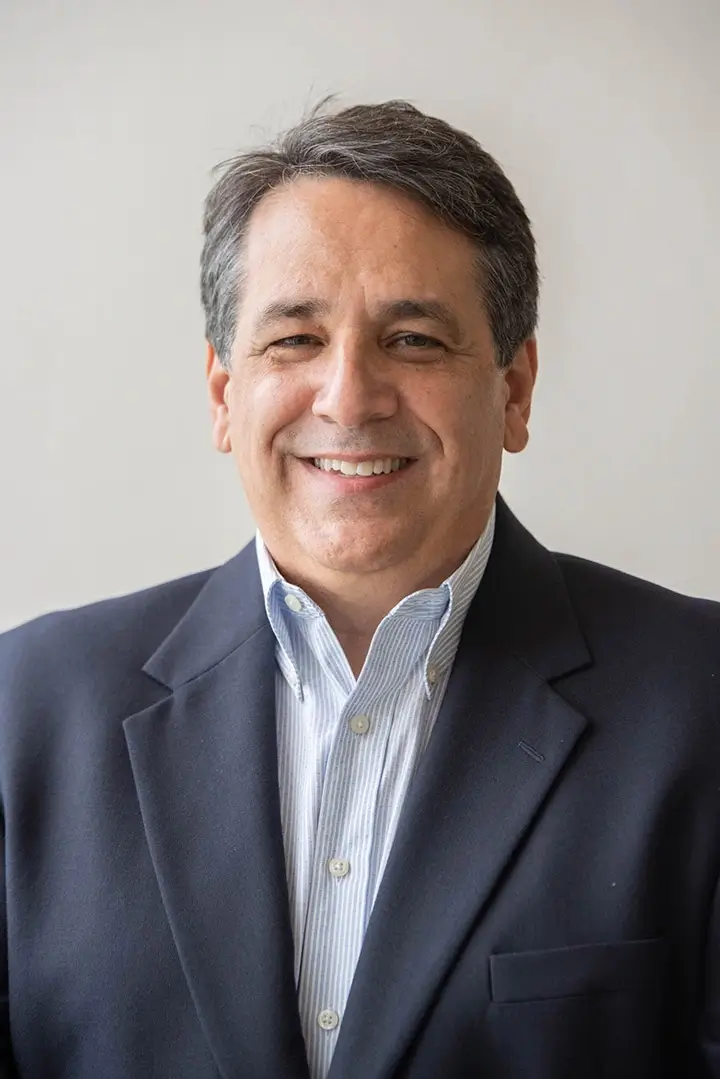The use of mesenchymal stem cells for a variety have
diseases has been published. This includes conditions such as heart failure,
liver failure, stroke, and lupus. One of the attractive features of mesenchymal
stem cells is that they can differentiate into numerous tissues while at the
same time exerting anti-inflammatory activities.
In the situation of spinal cord injury, mesenchymal stem
cells are thought to produce various growth factors that contribute to
regeneration of the damaged nerve. In the paper by Park et al the question was
asked whether Schwann Cells that are differentiated from mesenchymal stem cells
may be a more potent source of therapeutic growth factors. This question was
raised in part because the natural function of Schwann Cells is to produce
factors that accelerate new neuron formation.
The researchers used a growth factor-based differentiation
media to induce the transformation of mesenchymal stem cells into cells that
resemble Schwann Cells. The resulting cells developed a morphology similar to
Schwann Cells and expressed proteins that are specific to this cell type such as
the p75 neurotrophin receptor.
It was found that the Schwann Cells generated from the
mesenchymal stem cells expressed higher amounts of the growth factors hepatocyte
growth factor (HGF) and vascular endothelial growth factor (VEGF) when compared
with non transformed mesenchymal stem cells. When the newly generated cells
were cultured with a neuronal cell line called Neuro2A, a large increase in the
proliferation of the cell line was noted with a decrease in spontaneous cell
death. Transplantation of the artificially generated Schwann Cells into an ex
vivo model of spinal cord injury dramatically enhanced axonal outgrowth. This
was blocked by antibodies to HGF and VEGF.
The authors propose that artificially generated Schwann
Cells without genetic modification are useful for autologous cell therapy to
treat nervous system injury.
One
important question that was not addressed is to what extent are the Schwann
Cells generated from mesenchymal stem cells seen by the immune system. In other
words, is it possible to use Schwann Cells in a universal donor fashion the same
way that mesenchymal stem cells can be used.

